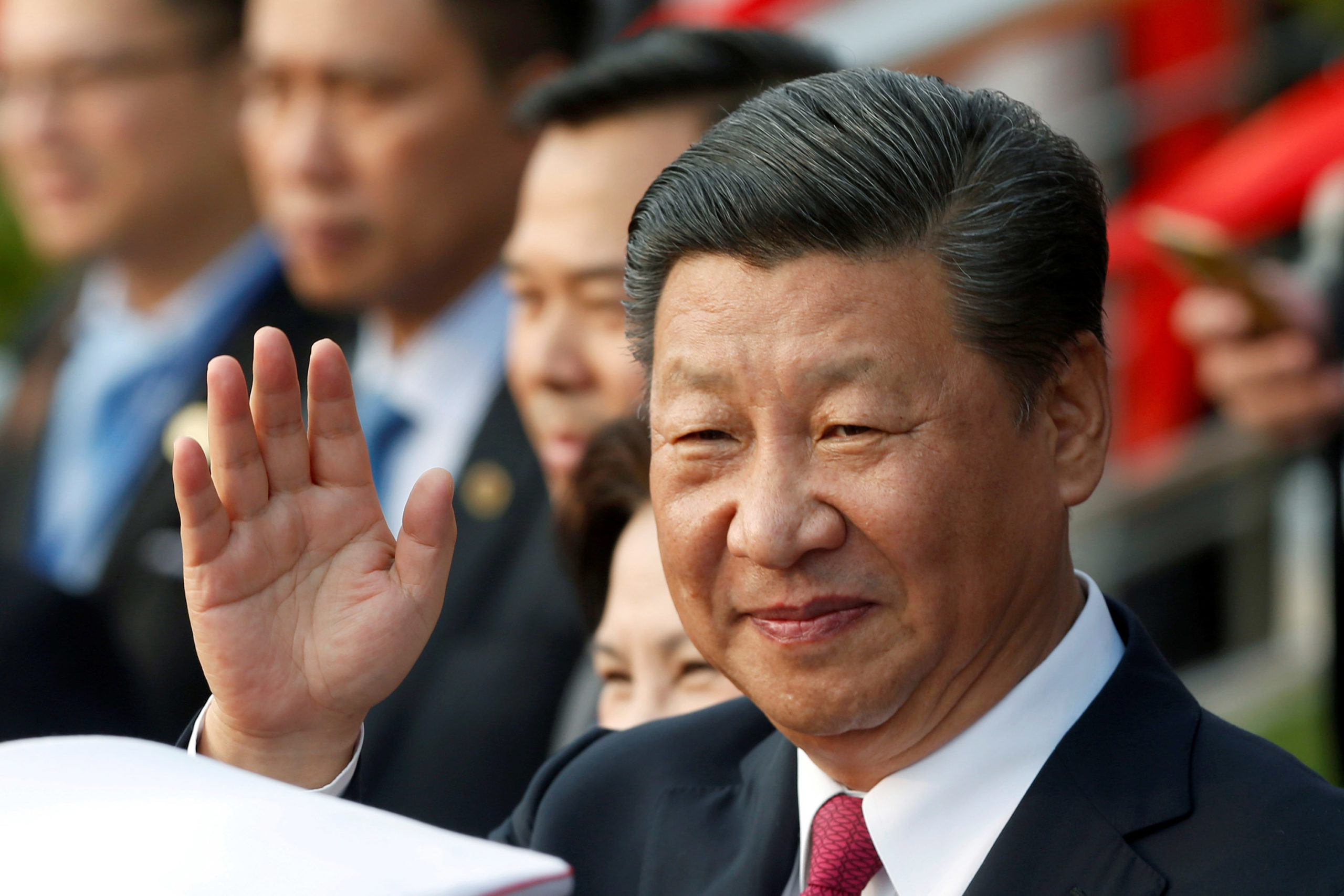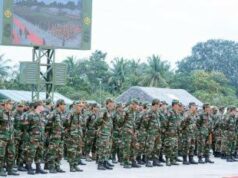RIMPAC brings back Cold War specter to Asia-Pacific region : China

India is participating in the world’s biggest maritime exercise ‘Rim of the Pacific’ or RIMPAC, hosted by the US. Leaders of India, Japan, Australia and the US met last month for Quad. US and its allies want to keep a check on the Chinese military which is expanding its footprints in the Indo-pacific region. However India is against any military alliance .
As many as 26 countries will showcase their naval might from June 29 to August 4 in Honolulu and San Diego in the 28th edition of the naval war games.
According to a statement by the US Navy’s 3rd Fleet, at least 38 surface ships, four submarines and 170 aircraft will join the exercises along with close to 25,000 personnel including ground troops from nine countries.
RIMPAC started in 1971 as an annual exercise by the US, Australia, and Canada. But from 1974, the maritime exercise became a biennial event.
India first participated in RIMPAC in 2014 with indigenously built Shivalik class stealth frigate INS Sahyadri took part in the excercise. INS Sahyadri again represented the country in the 2018 edition of the event.
In between, in 2016, INS Satpura joined the maritime exercise. Before 2014, the Indian Navy’s presence in the war games was only as an observer for the 2006, 2010 and 2012 editions.
Due to Covid-19 pandemic, RIMPAC 2020 was scaled down with only 10 countries, 22 ships, one submarine, and about 5,300 personnel taking part in the exercise.
The US navy said that the exercises will include drills focusing on “amphibious operations, gunnery, missile, anti-submarine and air defense exercises, as well as counter-piracy operations, mine clearance operations, explosive ordnance disposal, and diving and salvage operations.
“During RIMPAC, a network of capable, adaptive partners train and operate together in order to strengthen their collective forces and promote a free and open Indo-Pacific” a statement by the US Navy said.
Philippines, Malaysia and Brunei, Indonesia, Singapore, Canada, Chile, Colombia, Denmark, Ecuador, France, Germany, Israel, Mexico, the Netherlands, New Zealand, Peru, South Korea, Sri Lanka, Thailand, Tonga and the United Kingdom are the other countries which will be part of the wargames.
Washington, right after the “diplomatic show” of the G7 and NATO summits at the Atlantic Ocean, started this “military show” in the Pacific Ocean. The RIMPAC (Rim of the Pacific) 2022 which began on June 29 and will continue until August 4.
The Chinese think that RIMPAC is a product of the Cold War, and the imaginary enemy at that time was the Soviet Union. Now the target of RIMPAC is self-evident, which is China that has not been invited. Many American and Western analysts have said this military exercise is to send a message to China – “China’s expansion in the West Pacific region will be obstructed and defeated.” Perhaps they wish to rename the “Rim of the Pacific” to the “Rim of China” to better deter China. But everyone knows that this is self-deceit of the US and several of its followers, and it does not represent the collective attitude of the 26 countries participating in the exercise.
Most countries are consciously keeping a distance from the anti-China actions of the US. This constitutes a paradox: the bigger the scale of RIMPAC and the more countries participating, the more the directionality and the military and political significance expected by Washington will be weakened. It is turning into more of a farce.
The target newly set up by the US for the RIMPAC is a false one. One only sees that the US is increasing its intervention in the region. This time, the US invited a number of South China Sea claimant countries. But few countries are willing to follow Washington in the muddy waters of “geopolitical competition.”
The US Navy’s press release publicly declared that the military exercise aims to “deter and defeat aggression by major powers across all domains and levels of conflict,” which is almost a replica of Tokyo’s so-called “Ukraine today, Taiwan Straits tomorrow” rhetoric. However, in the past few years, NATO conducted numerous military exercises and deterrence against Russia, which only intensified contradictions but did not “frighten” anyone.
Unlike in the past when the joint exercises were mostly attended by Pacific countries, nearly half of the 26 countries participating in this year’s exercise are NATO members or partners. Japan and South Korea, which were just invited to participate in the NATO Summit as the bloc’s partner countries in the Asia-Pacific region, have shown an active attitude this time.
South Korea not only sent its largest military force since its first participation in the exercise in 1990, its amphibious assault ship ROKS Marado will also be deployed. The participation of Japan’s destroyer Izumo for the first time after it was converted into a light aircraft carrier is also eye-catching. The greatest destructiveness of the RIMPAC is reflected in the poisoning of the atmosphere of regional peace, and the eventual degree of damage will depend on the immunity of countries in the Asia-Pacific region to the US Cold War clamor.



